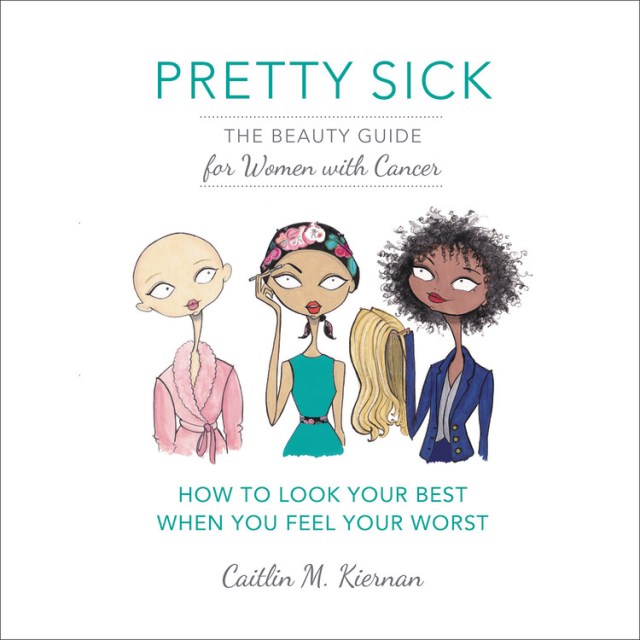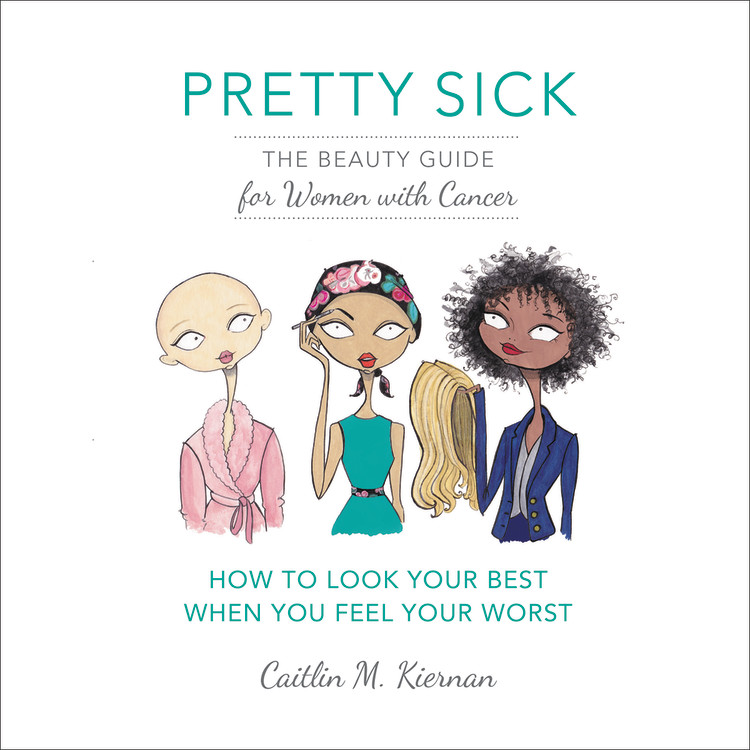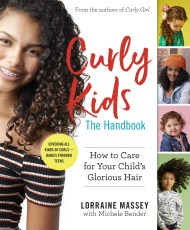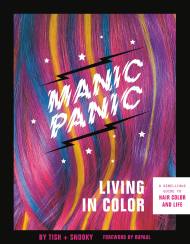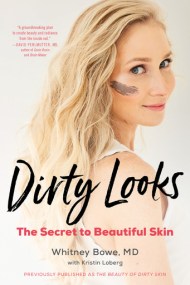Promotion
Use code MOM24 for 20% off site wide + free shipping over $45
Pretty Sick
The Beauty Guide for Women with Cancer
Contributors
Illustrated by Jamie Lee Reardin
Read by Caitlin M. Kiernan
Formats and Prices
Format
Format:
- Audiobook Download (Unabridged)
- ebook $13.99 $16.99 CAD
- Trade Paperback $19.99 $25.99 CAD
This item is a preorder. Your payment method will be charged immediately, and the product is expected to ship on or around September 19, 2017. This date is subject to change due to shipping delays beyond our control.
Also available from:
The ultimate resource to looking your best during and after cancer treatment from a veteran beauty industry insider
When beauty editor Caitlin Kiernan received the shattering diagnosis of cancer, she was obviously concerned about her health. But as a working professional, she knew she had to learn, quickly, how to look her best while feeling her worst. Caitlin called on her list of extensive contacts–from top medical doctors to hair stylists, makeup artists, and style mavens–to gather the best and most useful tips to offset the unpleasant effects of treatment. The result is this comprehensive beauty guide for women with cancer, covering every cosmetic issue, from skin care, to hair care, wig shopping, nail maintenance, makeup tricks, and much, much more. Illustrated with charming drawings by Jamie Lee Reardin and peppered with advice from celebrities and cancer survivors, Pretty Sick will be a welcome and trusted resource, helping women look and feel their best.
When beauty editor Caitlin Kiernan received the shattering diagnosis of cancer, she was obviously concerned about her health. But as a working professional, she knew she had to learn, quickly, how to look her best while feeling her worst. Caitlin called on her list of extensive contacts–from top medical doctors to hair stylists, makeup artists, and style mavens–to gather the best and most useful tips to offset the unpleasant effects of treatment. The result is this comprehensive beauty guide for women with cancer, covering every cosmetic issue, from skin care, to hair care, wig shopping, nail maintenance, makeup tricks, and much, much more. Illustrated with charming drawings by Jamie Lee Reardin and peppered with advice from celebrities and cancer survivors, Pretty Sick will be a welcome and trusted resource, helping women look and feel their best.
Genre:
- On Sale
- Sep 19, 2017
- Publisher
- Hachette Audio
- ISBN-13
- 9781478977032
Newsletter Signup
By clicking ‘Sign Up,’ I acknowledge that I have read and agree to Hachette Book Group’s Privacy Policy and Terms of Use
